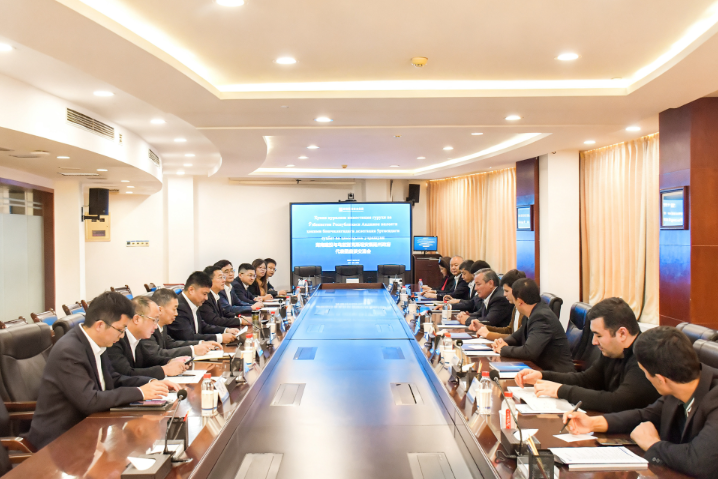Review of HNRB’s high-quality development in past 70 years
Hunan Road & Bridge Construction Group Co., Ltd. (HNRB), a subsidiary of Hunan Construction Investment Group (HCIG), has achieved great success in large projects in the past 70 years.
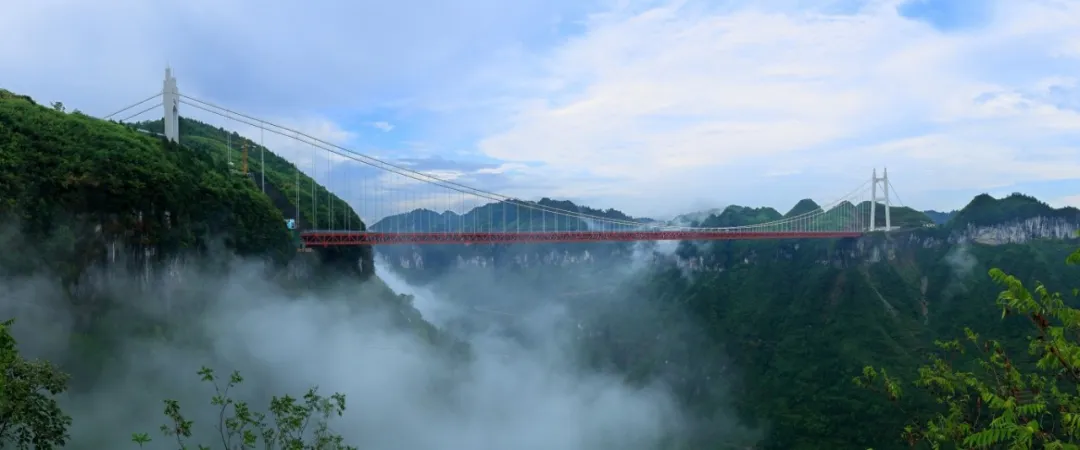
The Aizhai Bridge, as its proudest work, has become a key historical coordinate in the great rejuvenation process of the Chinese nation. It has built eight Yangtze River bridges as a provincial-level construction enterprise, and also contracted more than 30 engineering projects in more than 10 countries along the “Belt and Road”, including the No.1 National Highway Project in the Republic of Congo, striving to be a vanguard of “Hunan enterprises going global” and a pioneer of the “Belt and Road” Initiative projects.
This year marks the 70th anniversary of the establishment of HNRB. For the past 70 years, it has continued efforts to enhance its core competitiveness and expand its global presence, laying a solid foundation for its high-quality development.
Looking back the upcoming road, HNRB’s fruitful results are attributable to the deep care and strong support from departments at all levels and its workers’ arduous efforts.
Standing at a new starting point, HNRB will spare no effort to become stronger, better, and larger by shouldering its main responsibilities and developing its main businesses, in a bid to contribute to the development goal of HCIG to become a world-class construction investment enterprise, the realization of the beautiful blueprint of “three hubs and four new missions” in Hunan, and the construction of a strong transportation country.
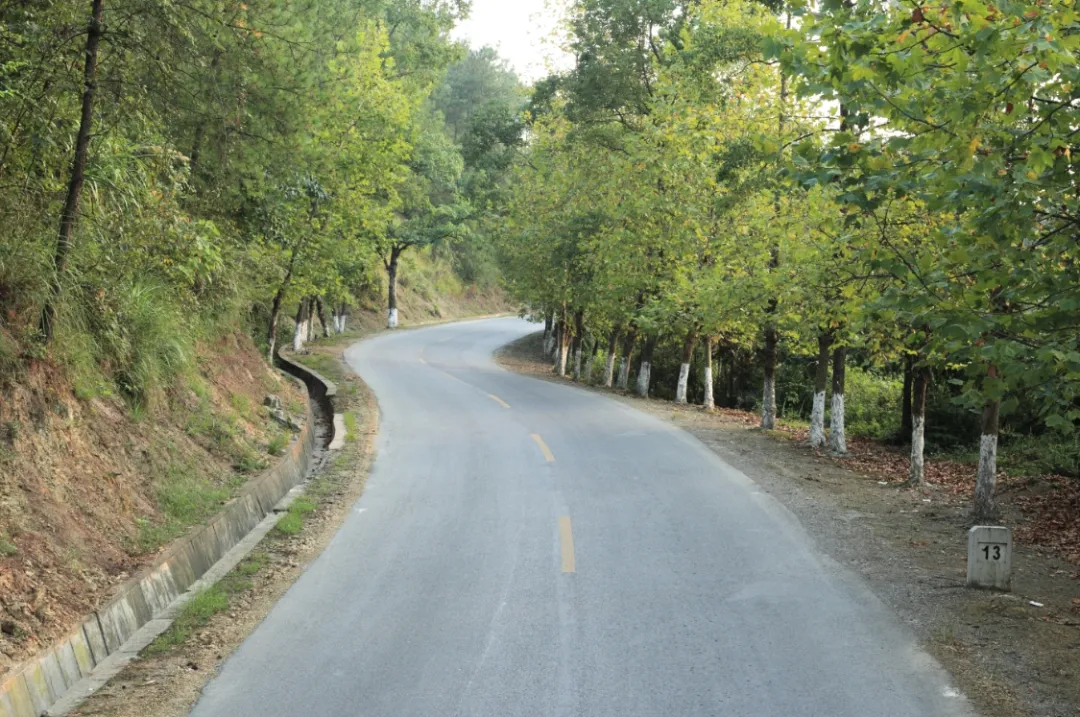
There is a 70-year-old Dayong-Cili Highway in the distant mountains of Western Hunan, with a well-preserved roadbed and a continuous flow of vehicles.
It is a source of spirit for HNRB.
In 1954, in order to build the Dayong-Cili Highway, a “Dayong-Cili Highway Engineering Department” was established by the Highway Bureau of the Department of Transportation of Hunan Province, which is the predecessor of HNRB.
At that time, 117 advanced individuals from all over the country, serving as backbone forces, worked in the harsh mountainous areas. The entire construction process was carried out by workers without mechanical equipment. The workers built the first high-grade highway in Cili County after the founding of the People’s Republic of China with hoes, shoulder poles, and a single wheeled cart.
Since then, HNRB has built various highways like mountainous highways, provincial and national highways, and expressways, as well as bridges such as small-span stone arch bridges, reinforced concrete bridges, large cable-stayed bridges, and suspension bridges, and explored new business fields including municipal engineering, rail transit, airports, and new energy.
In 1959, it completed the Huanghugang Bridge in Shimen County, Changde City, Hunan Province in just over a year, which was a stone arch bridge with the largest span and highest bridge openings in China then, breaking the historical record that Zhaozhou Bridge maintained for over 1,300 years. At that time, the Ministry of Transport held an on-site meeting in Shimen County and pointed out that the completion of the Huanghugang Bridge made China’s bridge construction technology take a big step forward.
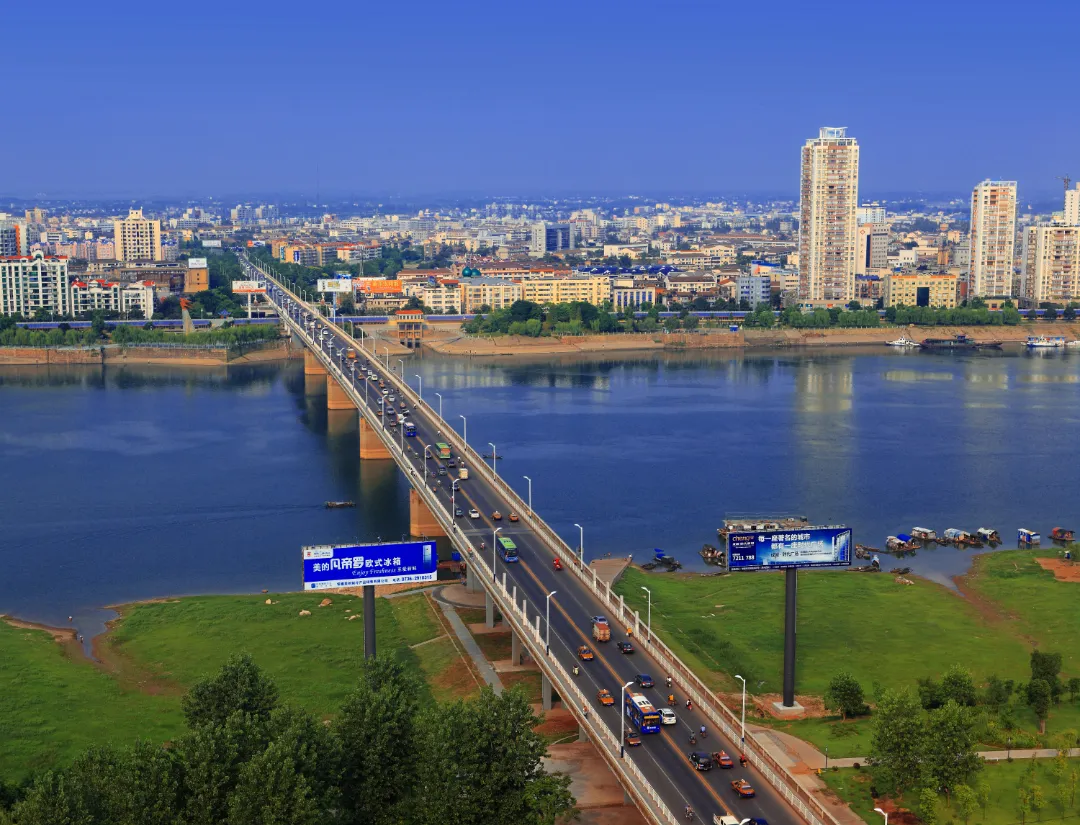
On October 1, 1986, the Changde Yuanshui Bridge was opened to traffic and won the National Quality Engineering Award, paving the way for HNRB’s future leading position in the industry nationwide.
Afterwards, HNRB undertook the construction of the Yueyang Dongting Lake Bridge, the Dongting Lake Bridge of Hangzhou-Ruili Expressway, and the South Dongting Lake Bridge of Nanxian-Yiyang Expressway.
Before 1985, Hunan was the main business market for HNRB. It was not until April 1, 1985 when HNRB won the bid for the Guangdong Jiujiang Bridge project that it began to undertake projects outside Hunan. From then on, it has expanded its business to more than 20 provincial administrative regions across the country.
In the early 1990s, HNRB pioneered the construction of bridges over the Yangtze River as a local state-owned construction enterprise in the national transportation system. The Tongling Yangtze River Bridge in Anhui Province was the first bridge built by HNRB over the Yangtze River. The bridge won major awards such as Luban Award and the Second Prize of National Science and Technology Progress Award.
Over the next 30 years, HNRB has successively undertaken the construction of the Nanjing Second Yangtze River Bridge, Yichang Yangtze River Bridge, Jingzhou Yangtze River Bridge, Anqing Yangtze River Bridge, Nanjing Third Yangtze River Bridge, Jingyue Yangtze River Bridge, and Guanyin Temple Yangtze River Bridge.

In the market economy, HNRB underwent restructuring and reform. In 1986, Hunan Provincial Highway and Bridge Construction Corporation was established. In 1992, it was renamed as Hunan Provincial Highway and Bridge Construction Corporation. In 2002, it was renamed as Hunan Road and Bridge Construction Group. In 2014, it was restructured as Hunan Road and Bridge Construction Group Co., Ltd. through state-owned enterprise restructuring. In 2016, it became a subsidiary of HNCC. In 2022, it became a part of Hunan Construction Investment Group.
In spite of changing names, what remains unchanged is the spirit in building Dayong-Cili Highway. It becomes a spiritual driving force that inspires generations of HNRB people to innovate and work hard.
Now, the original “Dayong-Cili Highway Engineering Department” has become a comprehensive transportation infrastructure service provider that integrates investment, construction, and operation, with the construction of transportation infrastructure such as highways, bridges, and tunnels as its core business. The number of staff has increased from 400 to nearly 4,000.
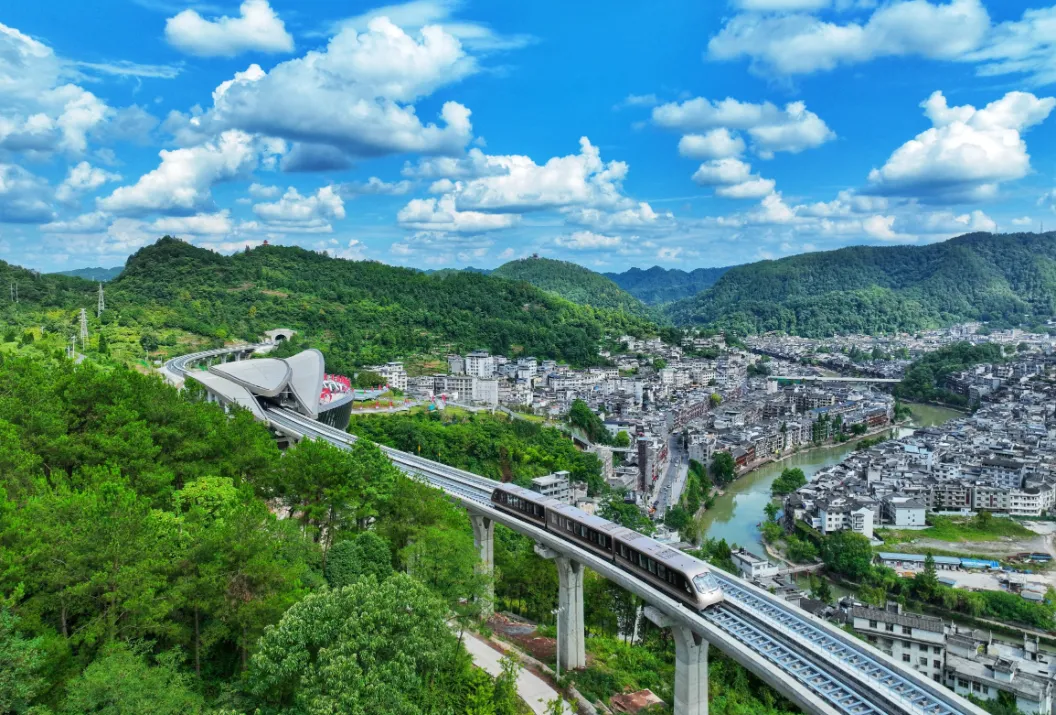
HNRB has built over 5,000 kilometers of expressways and high-grade highways, erected over 1,000 large and medium-sized bridges, and excavated over 200 kilometers of tunnels, covering more than 20 countries worldwide and more than 20 provincial administrative regions nationwide, winning itself reputation at home and abroad.
At present, the construction of the Guanyin Temple Yangtze River Bridge is in full swing. This world-class bridge project is currently the world’s largest cable-stayed bridge, the world’s largest hybrid steel-concrete composite beam cable-stayed bridge, and the world’s first hybrid composite structure cable-stayed bridge with a span of over a kilometer.
It’s extremely difficult to pour the cement for the main pile into the ultrathick pebble layer, with high construction risks. The technical team has carried out specialized design and meticulous construction for the foundation pit. The main pier cap adopts a combination of locking steel pipe piles and continuous rows of cast-in-place piles for cofferdam to ensure seepage prevention. Three purlins and internal support systems are set up inside the cofferdam to ensure its safety. The bridge is expected to be opened to traffic in 2026.
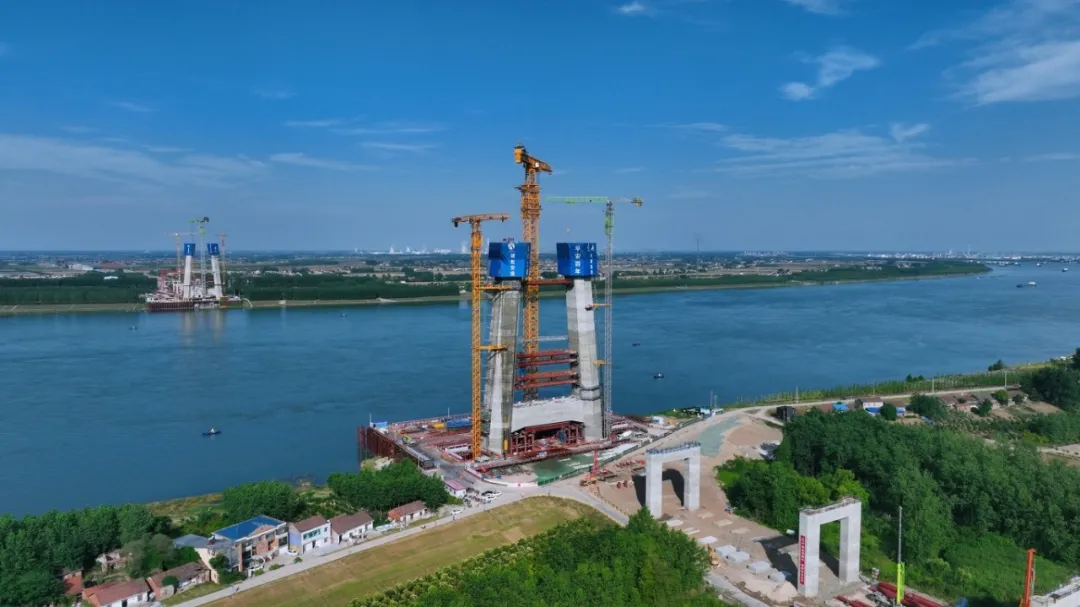
HNRB has focused on research and innovation in bridge, tunnel, and road construction technology for 70 years, forming a technological foundation.
Bridge foundation engineering construction is often implemented underwater, and the difficulty is beyond imagination compared to ground construction. One of the core strengths of HNRB is the ability to work in deep water and overcome complex technical problems.
When building bridges over the Yangtze River, HNRB needed to compete with state-owned enterprises with strong financial and technological capabilities. Its performance in building bridges crossing mountains and rivers has earned it a reputation in the industry, so some deep-water bridge construction projects need it.
The Nanjing Third Yangtze River Bridge, opened to traffic in 2005, with a main span of 648 meters, is China’s first steel tower cable-stayed bridge and the world’s first curved steel cable tower cable-stayed bridge. It won the Tien-yow Jeme Civil Engineering Prize, the National Quality Engineering Award, and the Second Prize of National Science and Technology Progress Award. It also became China’s first bridge project to win the international bridge award “Gustav Lindenthal Medal”.
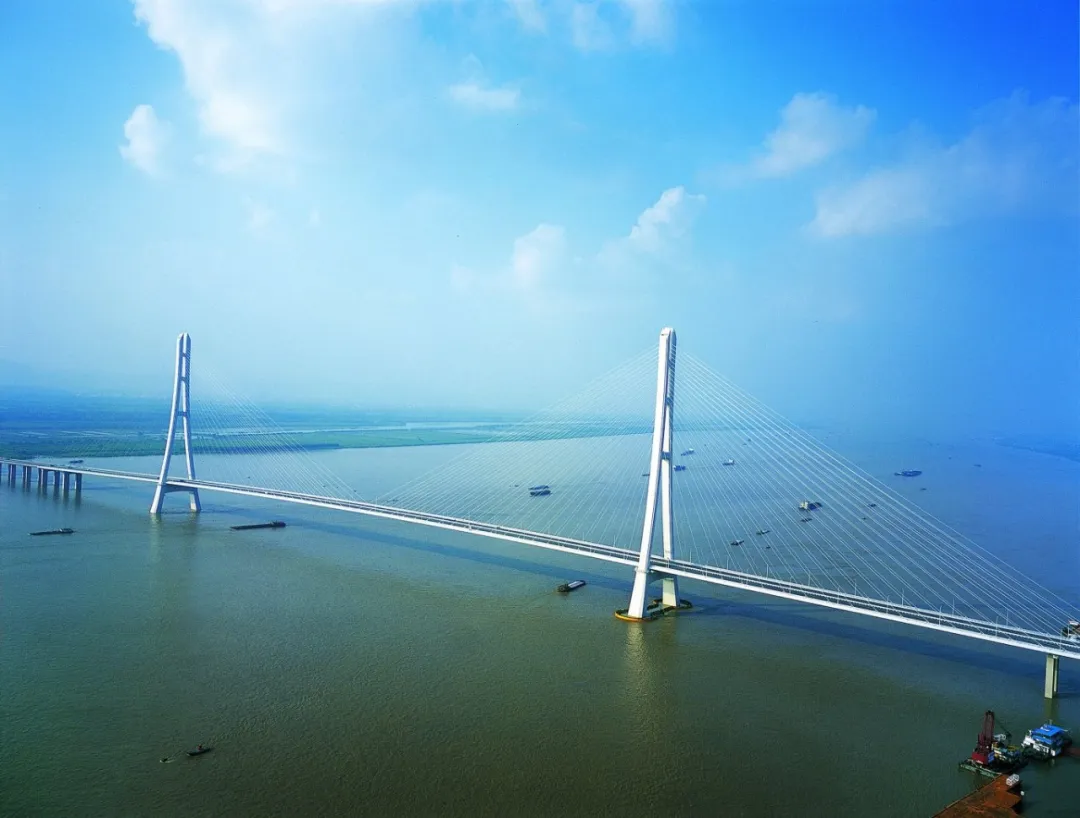
HNRB once again gained attention from the world because of the construction of the Aizhai Suspension Bridge launched in October 2007.
There were multiple global challenges during the construction process of the bridge, one of which was the difficulty of hoisting. The installation of the main cable and steel truss beam of the bridge must be carried out at an altitude of over 300 meters above the ground. A steel cable of the bridge weighs 6,000 tons, and the entire steel truss beam weighs over 10,000 tons, making lifting construction difficult.
After repeated research, the technical team finally invented the rail cable sliding method to install steel truss beams, solving the problem of installing steel truss beams for large-span suspension bridges in mountainous areas, and providing a safe and efficient construction plan for steel truss beams.
In 2012, the Aizhai Bridge was opened to traffic. It won the Second Prize of National Science and Technology Progress Award, Tien-yow Jeme Civil Engineering Prize, Luban Award, and GRAA.
Relying on numerous world-class projects, HNRB has independently innovated over 200 technologies, filled more than 60 domestic and international technological gaps, and mastered leading core technologies in the fields of large-span bridge installation, deep-water foundation construction, long tunnel construction, high-grade pavement construction, etc. It has won 2 international awards, 7 National Science and Technology Progress Awards, 9 Tien-yow Jeme Civil Engineering Prize, and 7 Luban Awards.
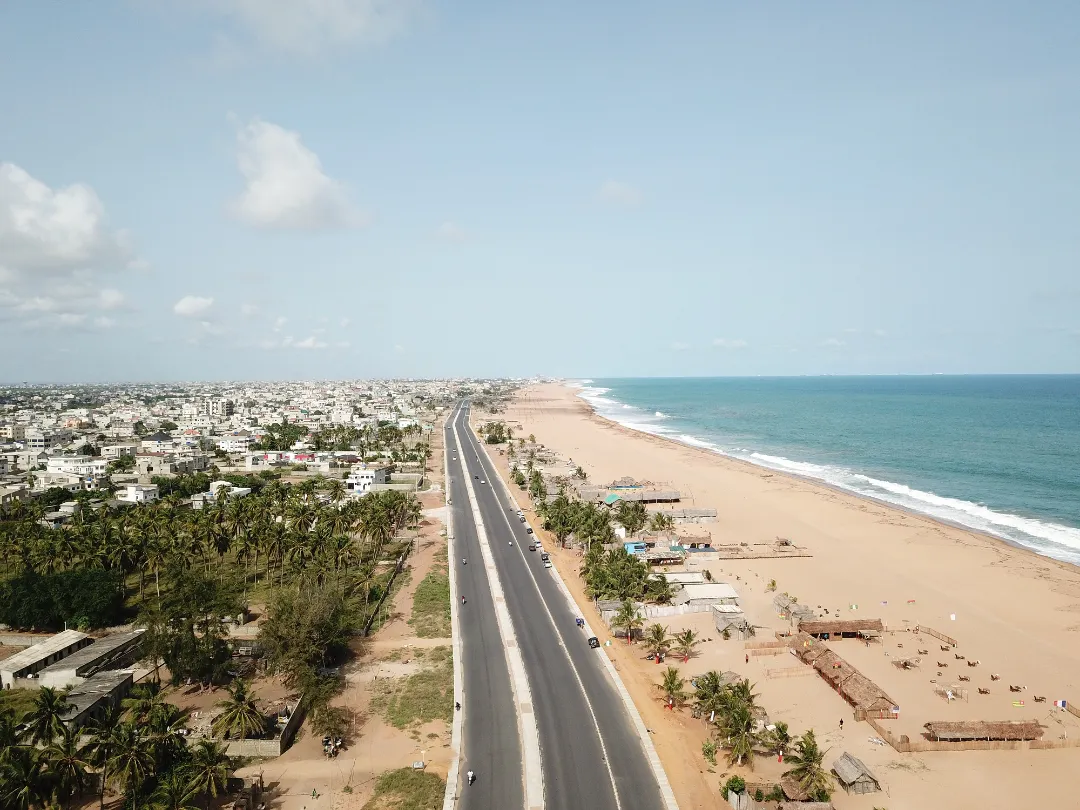
The asphalt road project in Cotonou of Benin, located on the Gulf of Guinea in the Atlantic Ocean, known as the most beautiful “scenery line” by local residents, was the first project undertaken by HNRB in Benin and also an important component of infrastructure construction in Benin’s “government action plan” at that time.
It stretches straight into the distance like a ribbon when seen from afar, and the asphalt on the road is evenly spread when seen closely.
In 2021, the project passed the acceptance with no rectification, setting a precedent for construction projects in Benin.
“The Chinese have created a model project for our country,” said Mersman, chief engineer of the Cotonou Rainwater Treatment Project from Benin. After the completion of the asphalt road project, multiple international contractors observed it for learning.
Asphalt is known as the “black gold” in the field of engineering, and the ratio of asphalt to concrete is crucial for smooth and durable roads. HNRB’s technicians sent samples to the laboratories in France and China for repeated comparative testing, and ultimately obtained the optimal ratio.
HNRB was awarded the Cotonou Urban Construction Contribution Award for the asphalt road project. In February 2023, the project was rated as one of the “Top Ten Projects” by the China-Africa Economic and Trade Cooperation Promotion Council.
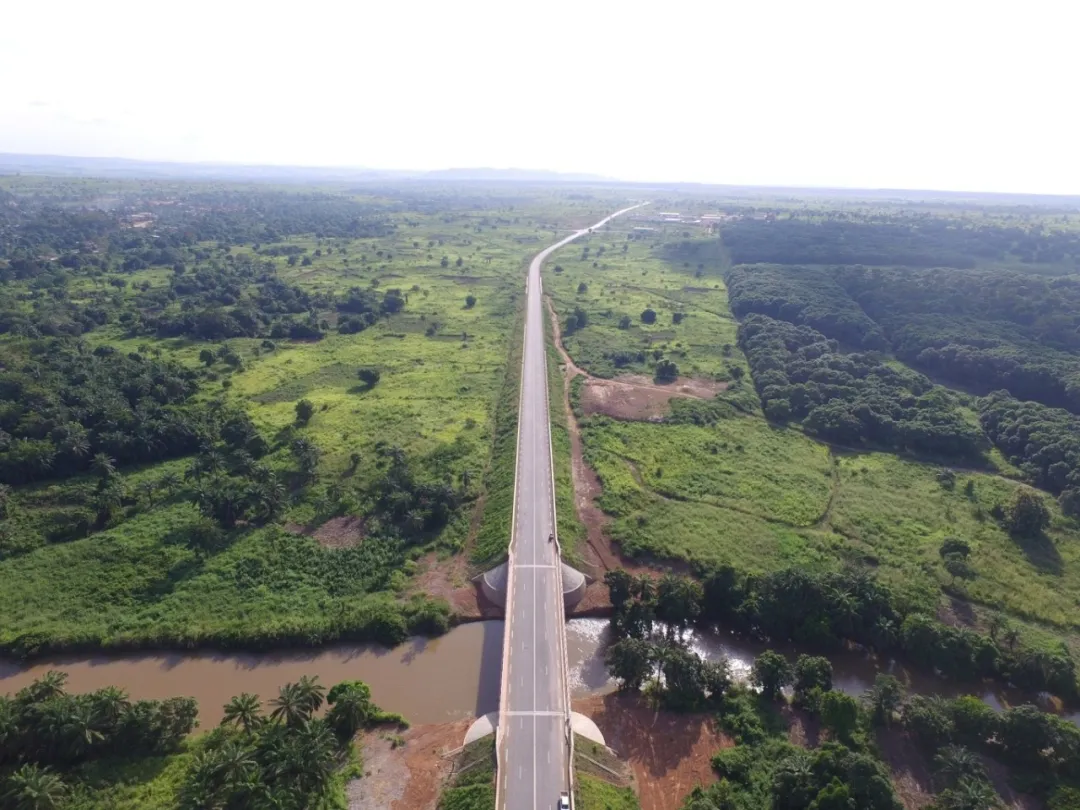
“Hunan people work hard and are very good at solving problems.” This is simple praise from African friends for HNRB.
Adhering to win-win cooperation, HNRB has continued efforts to explore the international market.
In Congo (Brazzaville), it undertook the construction of the National Defense Highway No. 1, providing a “golden passage” from Pointe-Noire, the only port city in Congo (Brazzaville), to Brazzaville, the capital. When the project was completed, the then president of Congo (Brazzaville) praised the Chinese construction team who could “cut through the mountains to pave the way”.
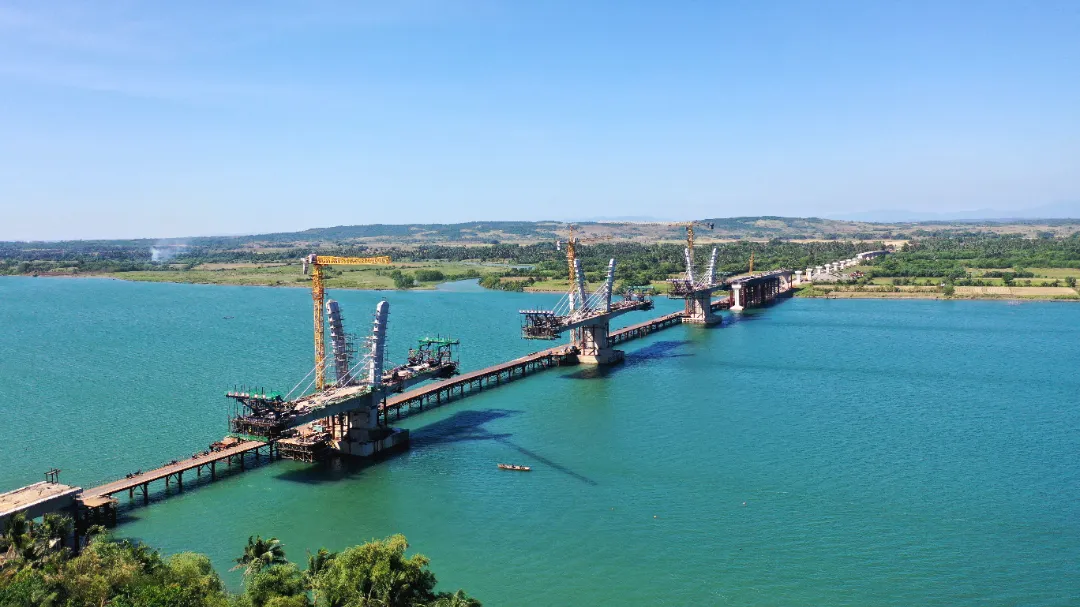
In 2020, HNRB independently undertook the Kamalanigan Cable-stayed Bridge, the first large-scale cable-stayed bridge in the Philippines, as the general design and construction contractor. This is the first time that a local enterprise in Hunan Province has applied its design and construction technology in overseas large-scale bridges. The project was awarded a “Typical Project of Foreign Investment and Economic Cooperation” in the construction industry of Hunan Province.
As of now, HNRB has signed 5 new overseas projects in Rwanda, Benin, Tajikistan, the Philippines, and Ethiopia in 2024. Its overseas business continues to maintain a steady development momentum.
It has successfully transformed from a subcontractor to a general contractor, becoming a representative of “Hunan enterprises going global” and a pioneer of the “Belt and Road” Initiative projects. It has successively completed more than 30 engineering projects in more than 10 countries, with its overseas business involving roads, bridges, municipal administration, new energy, etc. It has maintained an AAA credit rating for foreign contracting projects for 7 consecutive years and has been included among ENR’s “Top 250 International Contractors” for 6 consecutive years.
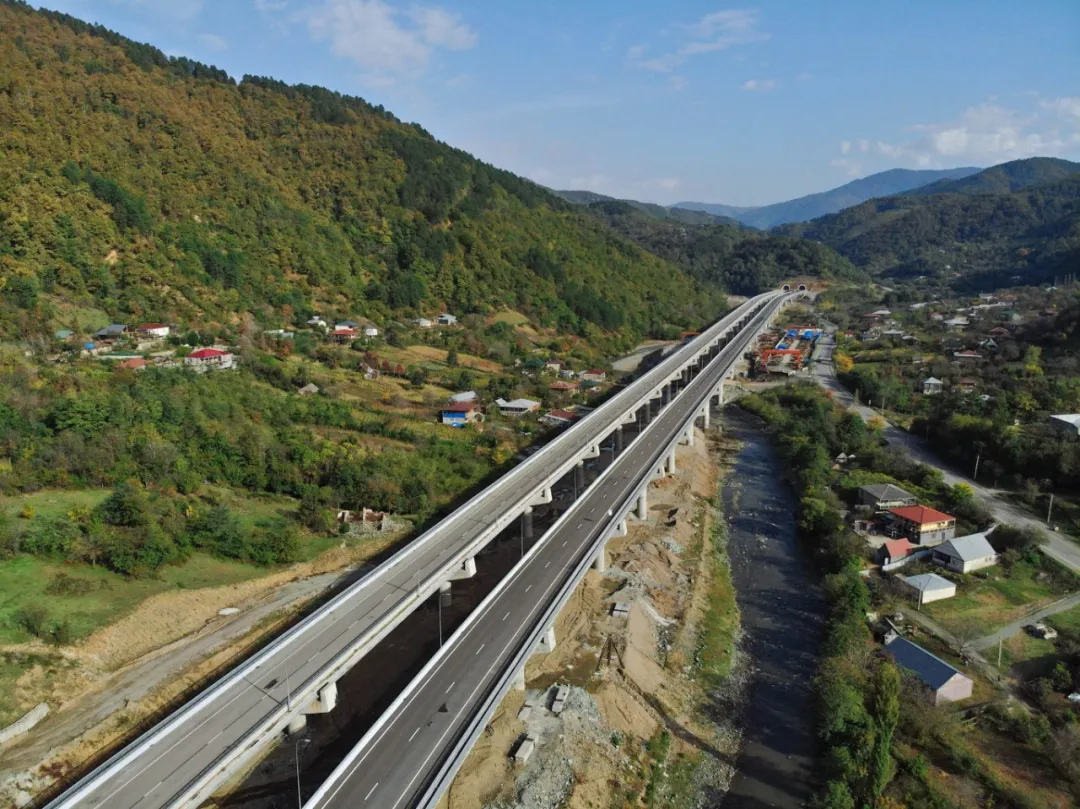
Sticking to the strategic objectives and positioning, HNRB will strive to develop into a comprehensive service provider of transportation infrastructure with global competitiveness.
Wang Shufei, chairman of HNRB, said that based on a new starting point, HNRB will contribute to the development goal of HCIG to become a world-class construction investment enterprise, and the realization of the beautiful blueprint of “three hubs and four new missions” in Hunan with more forward-looking thinking, a broader vision, and more confident attitude.

